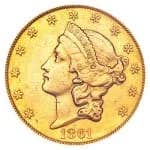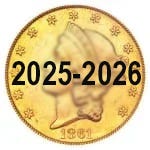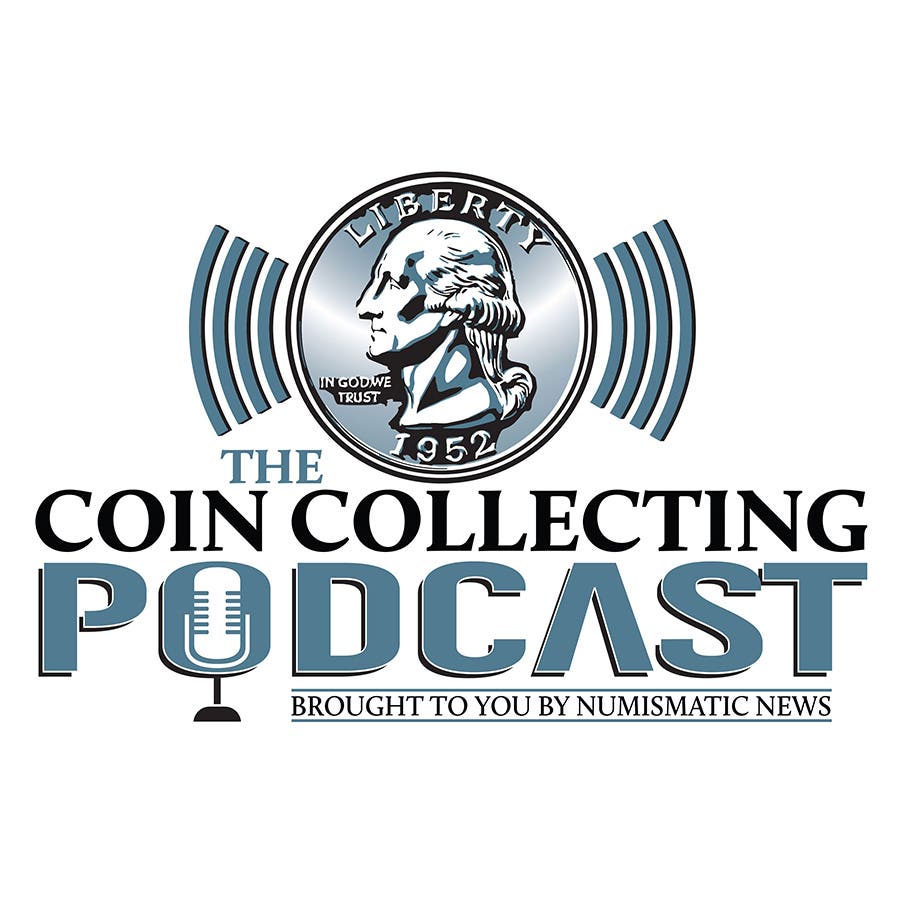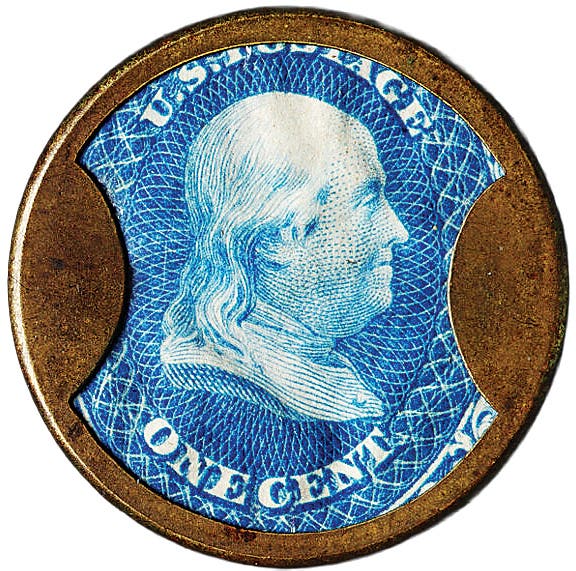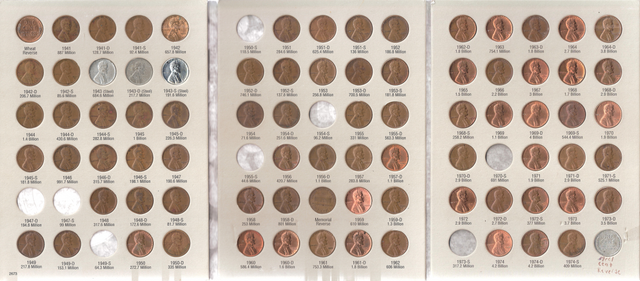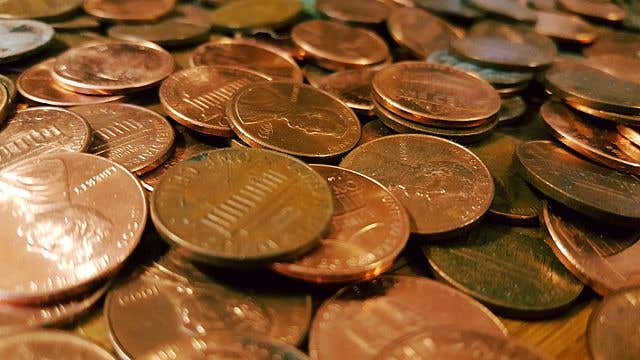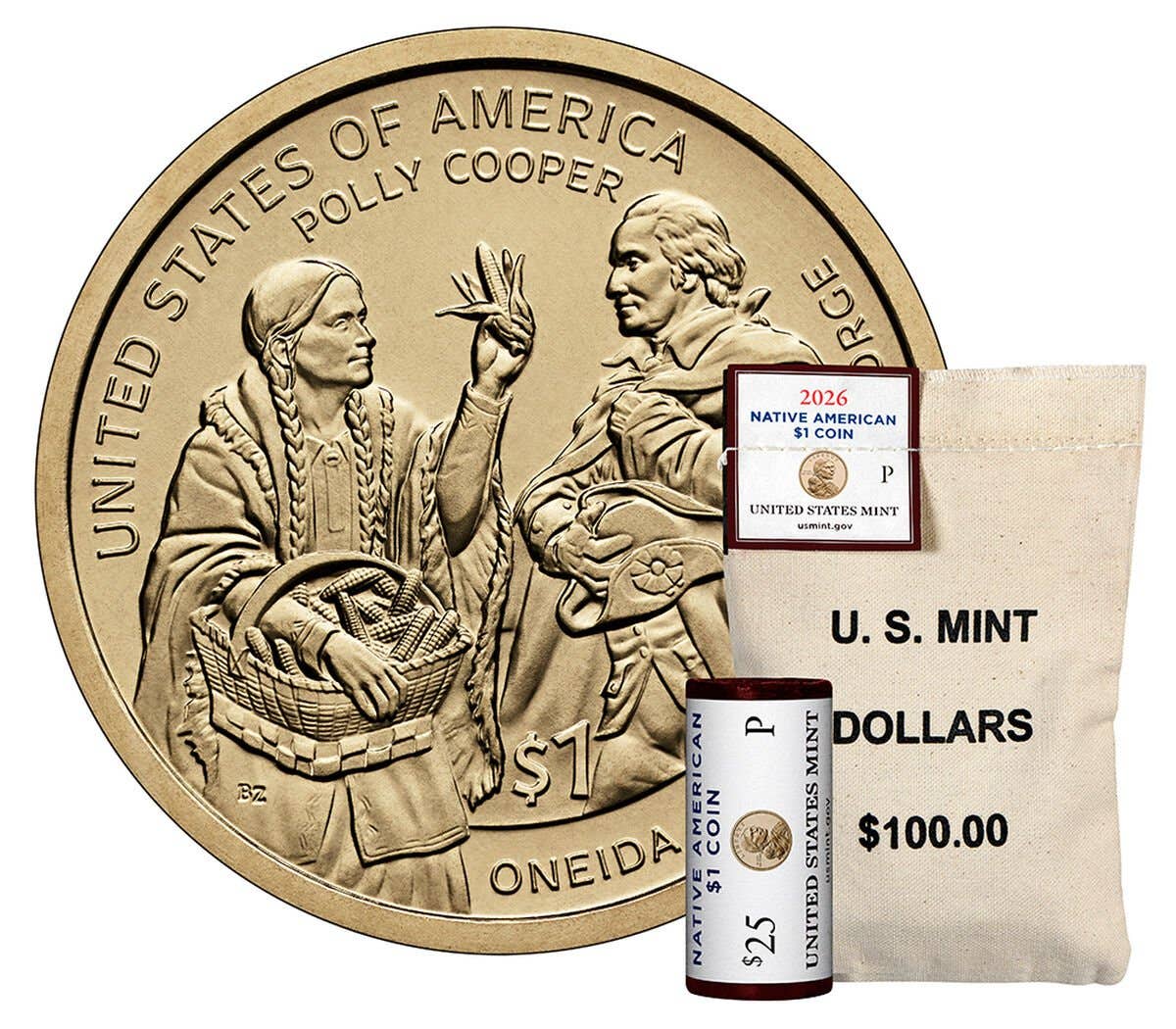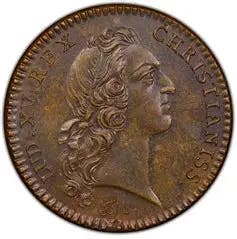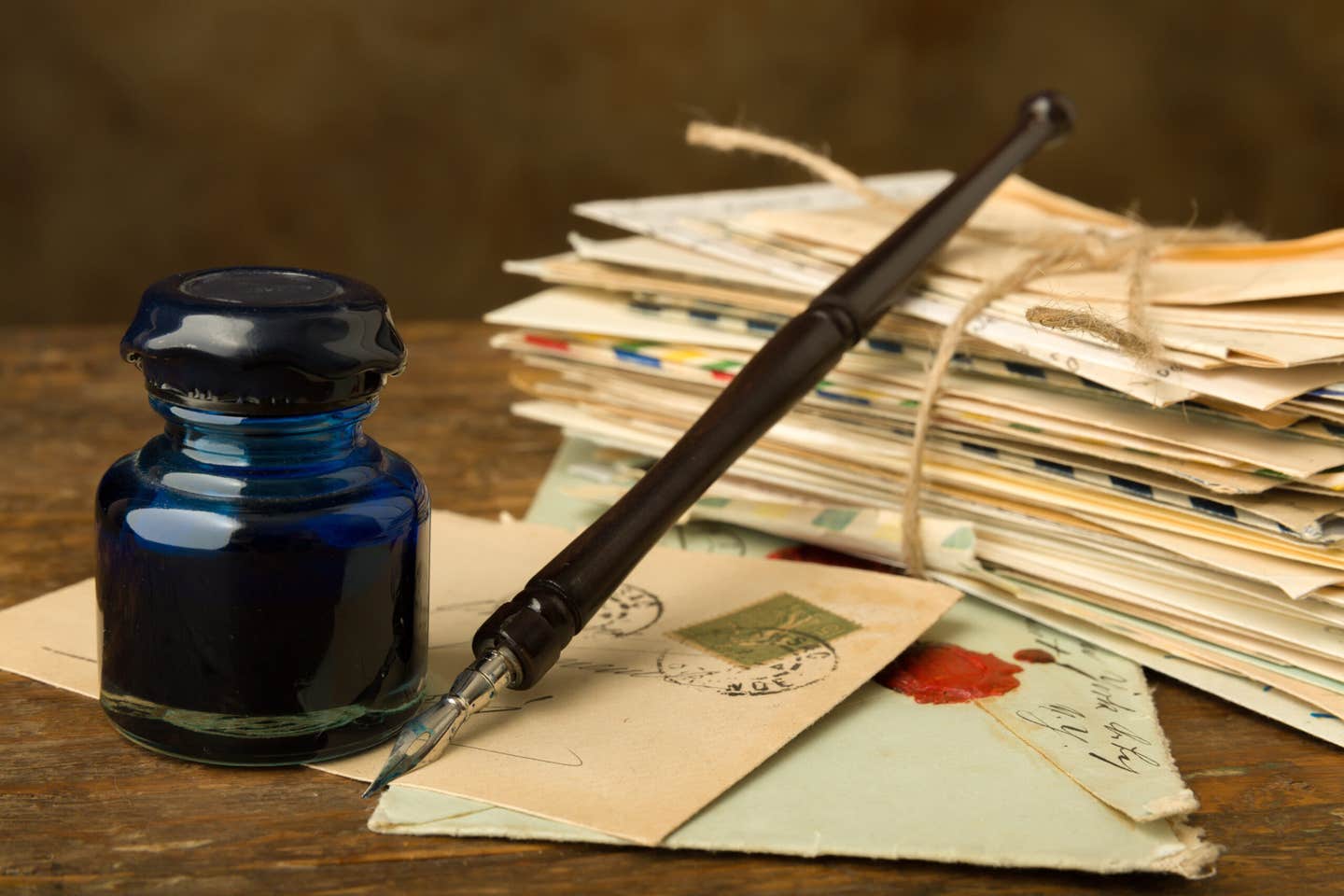With Soaring Gold and Silver Prices, What Happens to Numismatics?
With bullion prices soaring, collectors face shrinking numismatic premiums as gold and silver coins trade closer to melt value than ever before.
With gold and silver prices now at record high levels, ignoring the impact of government inflation of the money supply, how will this impact numismatic coins?
In September 1976, I purchased a BU $20 St Gaudens Double Eagle and $10 Liberty Eagle at prices that were more than double but less than triple the melt value of their gold content. Like many people, I sold these and most of my gold and silver bullion and numismatic coins in early 1980 to take advantage of then record high prices.
I found that when I sold those dates, they had previously had a slight numismatic premium when I purchased them, but they were just treated as bulk metal. I did not have any great gold or silver numismatic rarities, so I did not have personal experience with how those pieces were affected by high spot prices.
In today’s market, many gold, silver, platinum, and palladium coins that used to have some numismatic premium over the value of the metal content have lost that premium. If you are looking to sell, expect to be quoted below melt value on many U.S. and worldwide gold coins and on a wide range of U.S. and world silver coins.
The discounts are larger for silver coins right now. There is an acute shortage of silver in the London market to deliver to maturing contracts called for physical delivery. As a consequence, as of Wednesday morning this week, for example, the London silver fix spot price was $1.13 higher than quoted at the same time for the COMEX December 2025 contract. Only 1,000-ounce bars already in the London vaults were worth that premium price.
Because of record-high silver prices, great quantities of silver coins and other silver objects are being liquidated. In order to expedite processing, at least one U.S. silver refiner is currently only accepting .999 fine silver items to process. This is leading to a backlog on processing for the other refiners who are still willing to accept sterling silver items (92.5 percent purity), U.S. 90 percent Silver Coins, and other products that have less than .999 silver purity.
At the silver peak in January 1980, refiners had so much silver to process that it took six months to get to incoming shipments. Today, there may be an extra couple of days' delay in processing silver to refine, but this could stretch out even longer over the next few months.
Getting back to numismatic items, don’t expect gold and silver prices to have any noticeable impact on currency or on coins that do not have any precious metal content.
As for coins that have sold for somewhat of a numismatic premium because they were bullion-related issues encapsulated by third-party grading services (many dates of MS-69 and MS-70 Silver Eagle Dollars, as an example), they are at risk of losing their numismatic premium should you want to sell them.
You can today collect many Pre-1934 U.S. Gold Coins, even including some mint state issues, at prices relatively close to the value of their metal content. From past experience, it may take some time to regain higher numismatic premiums, but I do expect them to eventually outperform the potential appreciation in bullion issues that are valued on metal content. Will they appreciate sufficiently to overcome the greater buy/sell spread for numismatic coins versus bullion issues? I expect at least some of them will.
For collectors who may not be happy that some of the pieces in their collection cost them a little extra over metal value compared to common-date coins, try to be satisfied that the value of your overall collection may have increased because of higher precious metal prices.
Last column’s numismatic trivia question.
Last time I asked—What was the first U.S. coin to bear a mintmark on the coin’s edge? The 2007 Presidential Dollars honoring George Washington were the first to have the mintmark on the coin’s edge. The Sacagawea Dollars issued from 2000 to 2008 had mintmarks on the obverse. It wasn’t until 2009, when that series name was changed to Native American Dollars, that the mintmarks were relocated to the edge of the coins.
This week’s trivia question
Here is this week’s question. Which U.S. coin depicts a person who is a direct ancestor of the founder of Liberty Coin Service in Lansing, Michigan? Come back next week for the answer.
You may also like:

